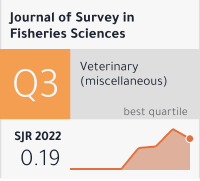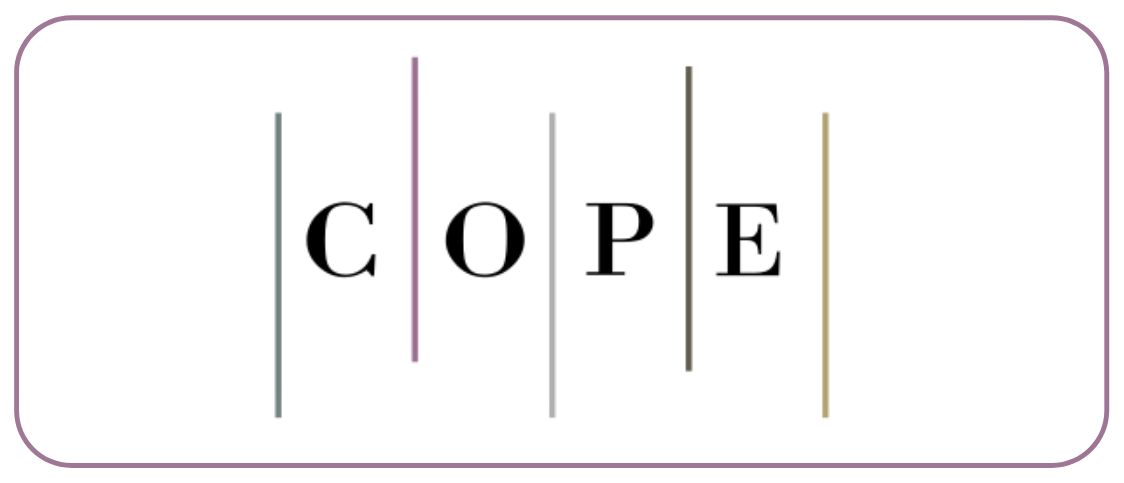Comparative evaluation of Shear Bond strength of Flowable composites and hydrophilic sealant.
DOI:
https://doi.org/10.53555/tpt8gv95Keywords:
Hydrophilic sealant, shear bond strength, flowable composites, bacteria, RestorationAbstract
Objective: This study aimed to compare the shear bond strength of hydrophilic sealants and flowable composites to evaluate their suitability for clinical applications where moisture control is challenging.
Methods: The shear bond strength of hydrophilic sealant and flowable composite materials was tested using an independent t-test. Prior to the bond strength test, the normality of data was assessed with the Shapiro-Wilk test, confirming a normal distribution for both groups.
Results: The hydrophilic sealant group demonstrated a significantly higher mean shear bond strength (20.92 ± 1.85) compared to the flowable composite group (16.77 ± 1.51), with a t-test value of 5.46 and a p-value of 0.001, indicating a statistically significant difference. Literature supports that hydrophilic sealants perform better in moist environments, enhancing adhesive performance and reducing marginal leakage risks.
Conclusion: Hydrophilic sealants offer a superior bond strength over flowable composites, particularly in conditions with moisture, making them an advantageous choice for adhesive procedures where complete dryness cannot be achieved. This study supports the clinical recommendation of hydrophilic sealants for applications such as pit and fissure sealing and other moisture-sensitive bonding scenarios. Further research is suggested to assess the long-term durability of these materials in varying clinical environments.









